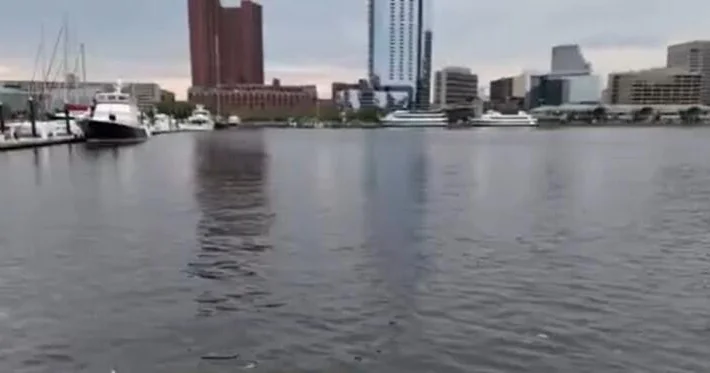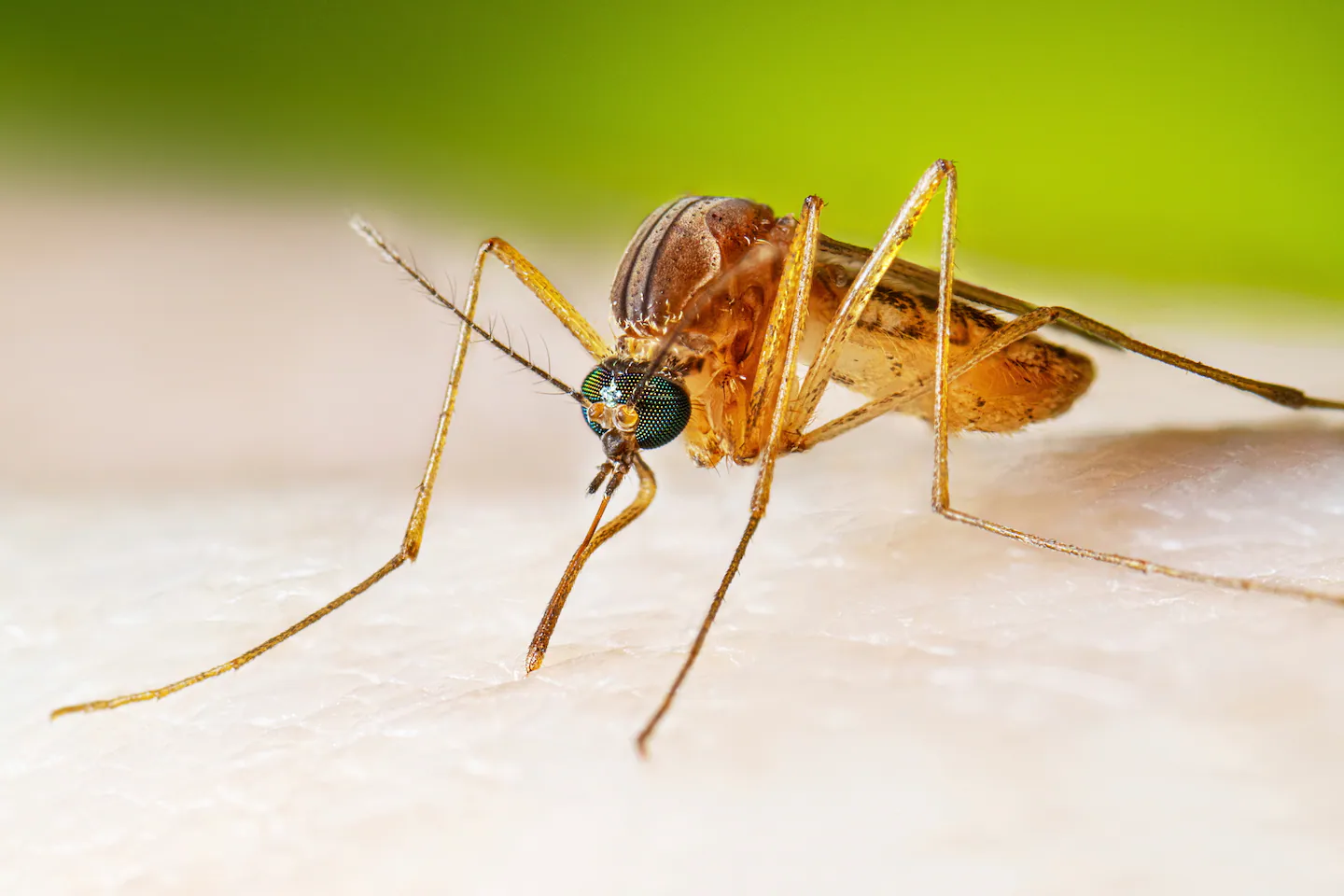
There’s been some fishy activity at Baltimore’s Inner Harbor.
Maryland Department of the Environment estimates there are 25,000 dead menhaden in the water from Canton to Locust Point. The picturesque harbor is now a sea of dead fish, causing a putrid smell that overshadows Baltimore’s crown jewel.
Scientists with MDE said they were at the harbor on Monday and measured low dissolved oxygen levels. It suspects this is due to the seasonal die-off of algae and does not think these low levels were caused by pollution.
“That smell, girl, it’s not right,” said Bonnie Bain, a native Baltimorean who now lives in Oregon. “[It smells like] You have not cleaned out your freezer in a very long time, and you have finally disposed of the rotting meat or fish, and it is now sitting in your trash and has been sitting there all day long, waiting to go out. At the end of the hot day, that is the smell that you’re smelling here.”
What’s causing the stink?
Others say it smells like rotting fish, taking the trash out on a hot day, or a dead body.
Menhaden are essential to Maryland’s wildlife, serving as a food source for birds and other sea life. Now, visitors and residents are dealing with the stink of dead fish.
“It’s inconvenient because I do Uber Eats, and I’m around here every day, and this sucks, and no one’s really doing anything about it right now,” said Kywon McCain.
John Allen, from Silver Spring, said he walked up to the harbor, wondering what was causing the stink, and then saw dozens of dead fish.
“We’ve been down here a bunch of times before. I never noticed that before,” Allen said.
While out on a run, Hanley Casey says she’s noticed a lot more wildlife in the area.
“It’s a lot of nature to see, especially around Fort McHenry as well on my runs,” Casey said.
Third fish kill in recent weeks in the harbor
MDE said this is the third fish kill in the last few weeks. The other two were weather-related.
On Aug. 28, MDE said it found at least 120,000 floating dead fish between Harbor Point and Fort McHenry.
Again, it found low levels of dissolved oxygen in surface water, which it suspects was caused by a weather-related “turnover” event.
This seasonal phenomenon is caused by water from the bottom of the harbor, which contains less oxygen, mixing with surface water.
Another weather-related fish kill was observed on Aug. 22, where MDE estimates 61,000 fish were found dead.
When will it smell better?
Many wonder when Baltimore’s harbor will shine again, or at least smell better.
“This is our No. 1 tourist attraction, the harbor. So no, you don’t want this down here,” Baltimore resident Darnell Rogers said.
Last year, during the seasonal phenomenon, WJZ spoke with an expert from the National Aquarium during the “turnover.”
“The top layer of the brackish water gets dense. It drops to the bottom like a ceiling falling down, and it stirs up all the inorganic material,” said Jack Cover, the general curator at the National Aquarium.
According to Cover, the aquarium’s new floating wetland exhibit acted as a refuge for some fish through aerators in 2024, a signal that more could be done to ease environmental pressures.
“[I’m] very happy to see the fish in that shallow channel, including some of these menhaden, swam up into it, lived through this event,” Cover said.



